Sound Design Process

The Role of Sound in Game Experience Design
Sound design in video games is the art of creating and implementing audio elements that enhance player perception and engagement. When executed well, sound becomes an invisible yet powerful force that shapes how players experience and interact with games.
Sound as UX Feedback
Sound feedback is essential to a successful user experience. It’s useful in sharing the status of a user’s action, in preventing errors, and in equipping the user to recognize, diagnose, and recover from errors.
Why Sound Matters:
- Provides immediate, non-visual feedback
- Enhances immersion and emotional connection
- Compensates for limited visual attention
- Creates intuitive cause-and-effect relationships
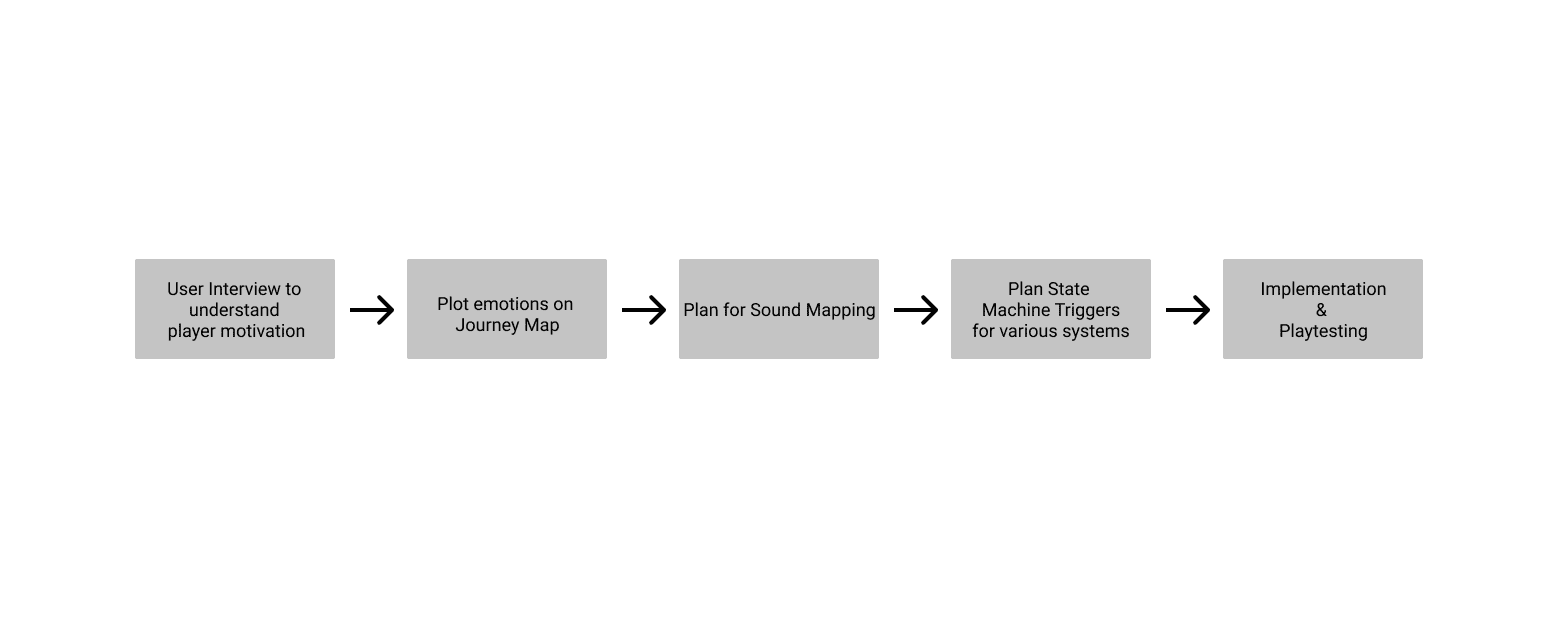
Core Sound Design Principles
Effective sound design follows fundamental principles that enhance player experience across different game contexts.
Creating Atmosphere and Mood
Atmospheric sound establishes the emotional tone and environmental context of your game world.
Implementation Strategies:
- Layer ambient sounds to create immersive environments
- Use dynamic audio that responds to player actions
- Design mood-appropriate soundscapes for different game states
Case Study - Cricket Game: We implemented crowd reactions with neutral, high-energy, and low-energy variations to provide immediate feedback on every ball outcome. Custom-recorded chants like “RCB…RCB…” personalized the experience for IPL team supporters.
Defining Spatial Audio
Spatial audio helps players understand their position within the game world and creates realistic environmental awareness.
Spatial Design Elements:
- Distance-based volume attenuation
- Directional audio cues
- Reverberation to suggest space size
- Stereo panning for positional awareness
Sports Arena Example: For our cricket game, we designed sounds to communicate the vast scale of a hyperactive stadium crowd, using reverb and crowd positioning to make players feel immersed in a live sporting event.
Managing Player Attention
In complex 3D environments, sound serves as a critical attention management tool to prevent cognitive overload.
Attention Management Techniques:
- Audio cues to highlight important events
- Subtle notifications without visual interruption
- Progressive audio escalation for urgent situations
- Sound hierarchies that match visual importance
Solving Change Blindness: When players focus on one task, they may miss other important events. Strategic sound design draws attention to critical elements without causing visual fatigue or breaking immersion.
Contextual and Narrative Audio
Contextual sounds reinforce the game’s narrative and make interactions feel authentic and meaningful.
Narrative Sound Design:
- Diegetic sounds that exist within the game world
- Non-diegetic audio that enhances emotional impact
- Character-specific audio that builds personality
- Environmental storytelling through ambient audio
Immersive Cricket Mechanics: We designed micro-sounds including bowler pant ruffling, shoe-to-pitch friction, ball impact, and bat contact. Every action received appropriate audio feedback, creating a cohesive and believable cricket experience.
Smooth Audio Transitions
Transitions between game states require careful audio design to maintain continuity and guide player understanding.
Transition Design Principles:
- Audio cues that signal state changes
- Seamless crossfading between audio layers
- Emotional continuity through sound progression
- Clear audio feedback for user actions
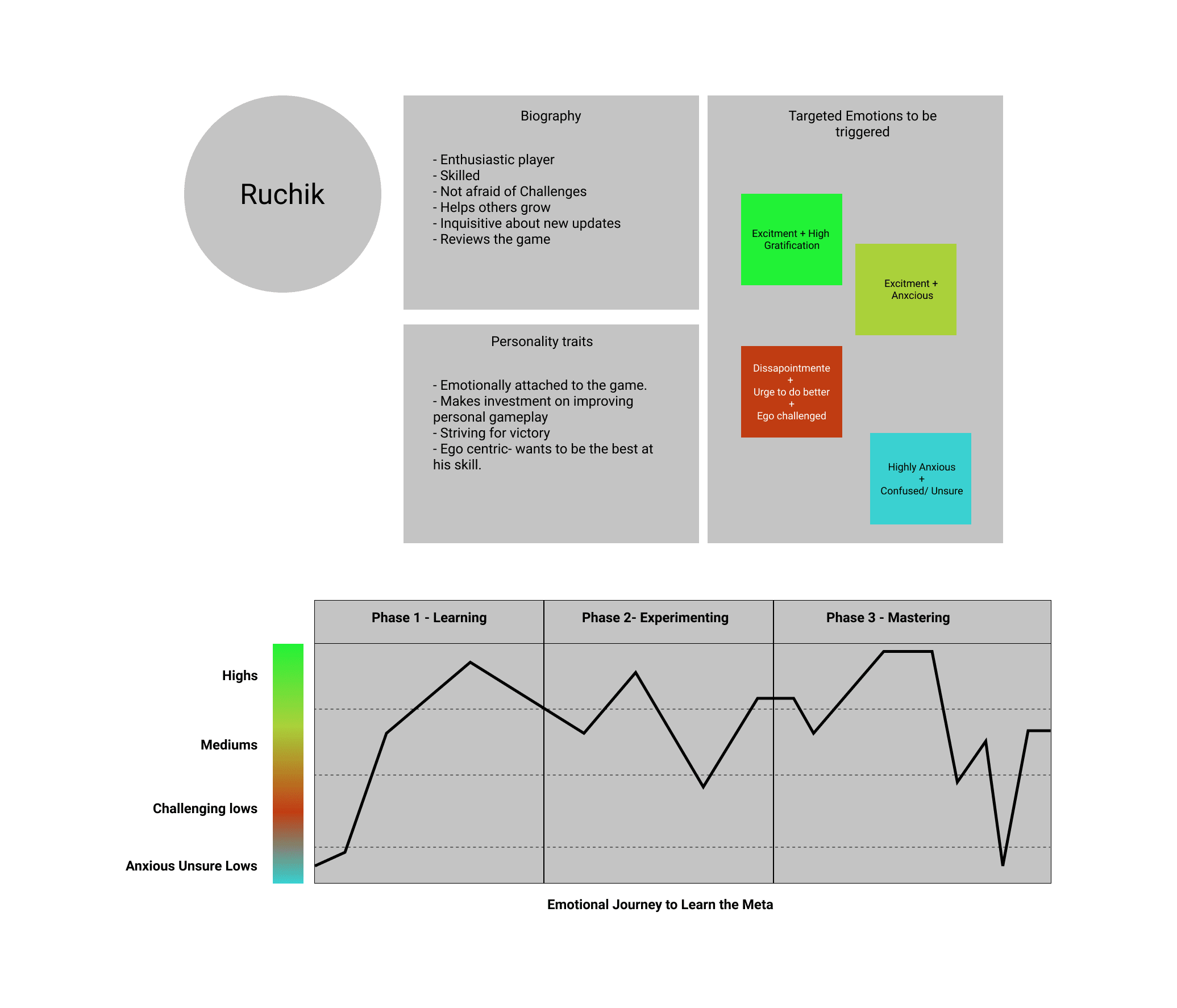
Emotional Journey Integration: Audio design followed the player journey map, aligning sounds with emotional states identified in user research. We plotted touchpoints where sound could influence player emotion and maintain engagement throughout the experience.
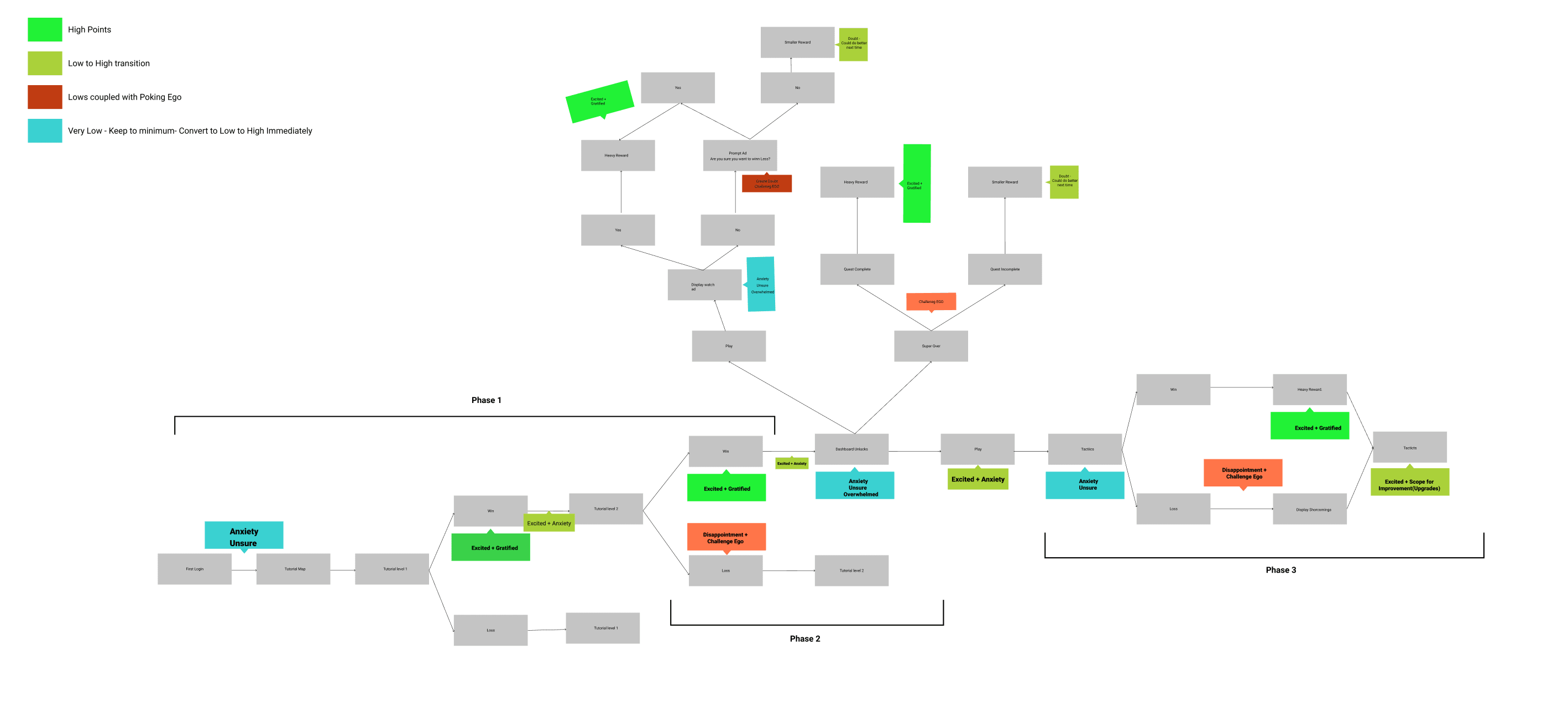
Outcome-Driven Design: When designing audio systems, we considered tangible player outcomes: high points for celebration, low-to-high transitions for motivation, and immediate recovery from very low states to maintain engagement.
Sound Asset Categories and Planning
A comprehensive sound design strategy requires careful categorization and systematic planning of all audio elements.
Sound Effect Categories
Sound Effects (SFX): All audio that objects and interactions produce within the game world
- Ambient environmental sounds
- Action feedback (shots, hits, impacts)
- UI interaction sounds
- Character movement and actions
- Environmental reactions
Music: Dynamic audio that sets emotional tone and pacing
- Menu and navigation themes
- Level-specific compositions
- Victory/defeat stingers
- Ambient musical beds
Voice-Over and Dialogue: Human elements that add personality and narrative
- Character dialogue and reactions
- Tutorial instructions and hints
- Announcer commentary
- Story narration and cutscenes
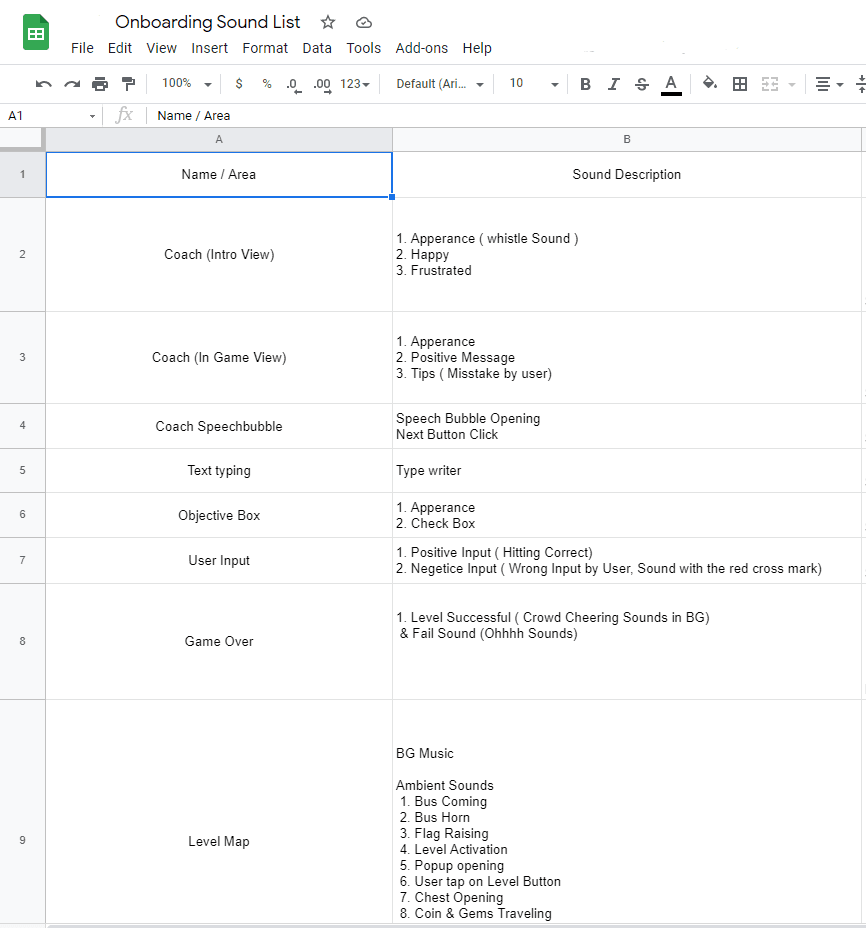
Systematic Planning Approach: The planning document above demonstrates how we systematically mapped audio requirements to specific game states and user interactions during the onboarding process.
State-Based Audio Design
Audio systems often follow state machines that trigger sounds based on specific conditions and transitions.
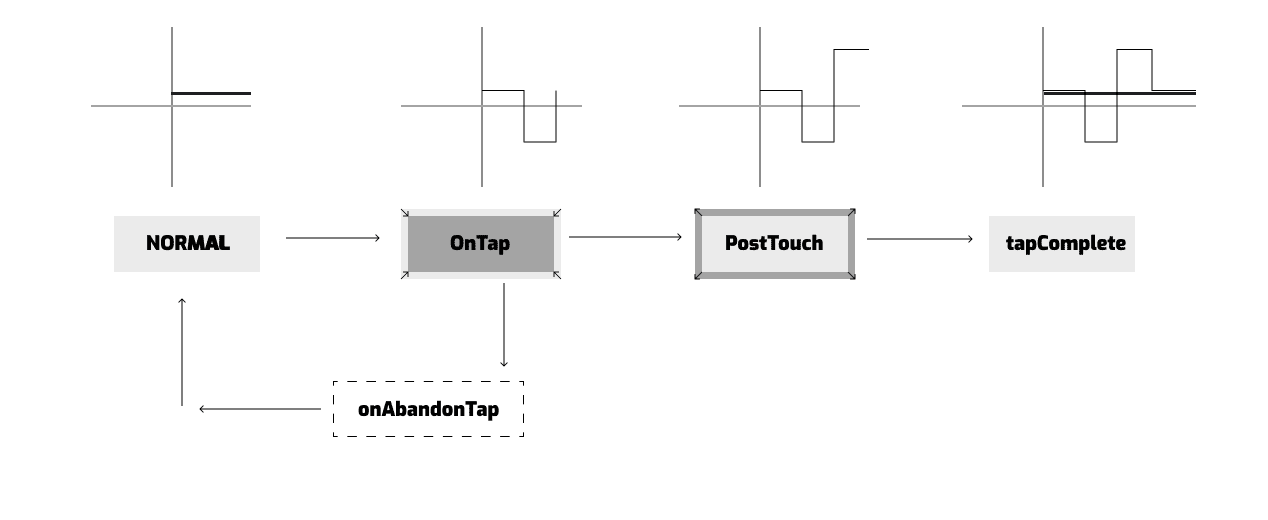
Button Interaction States:
- Idle: Default state with subtle ambient audio
- Hover: Anticipation sound to indicate interactivity
- Press: Immediate feedback confirming action
- Release: Completion confirmation
- Disabled: Muted or error state indication
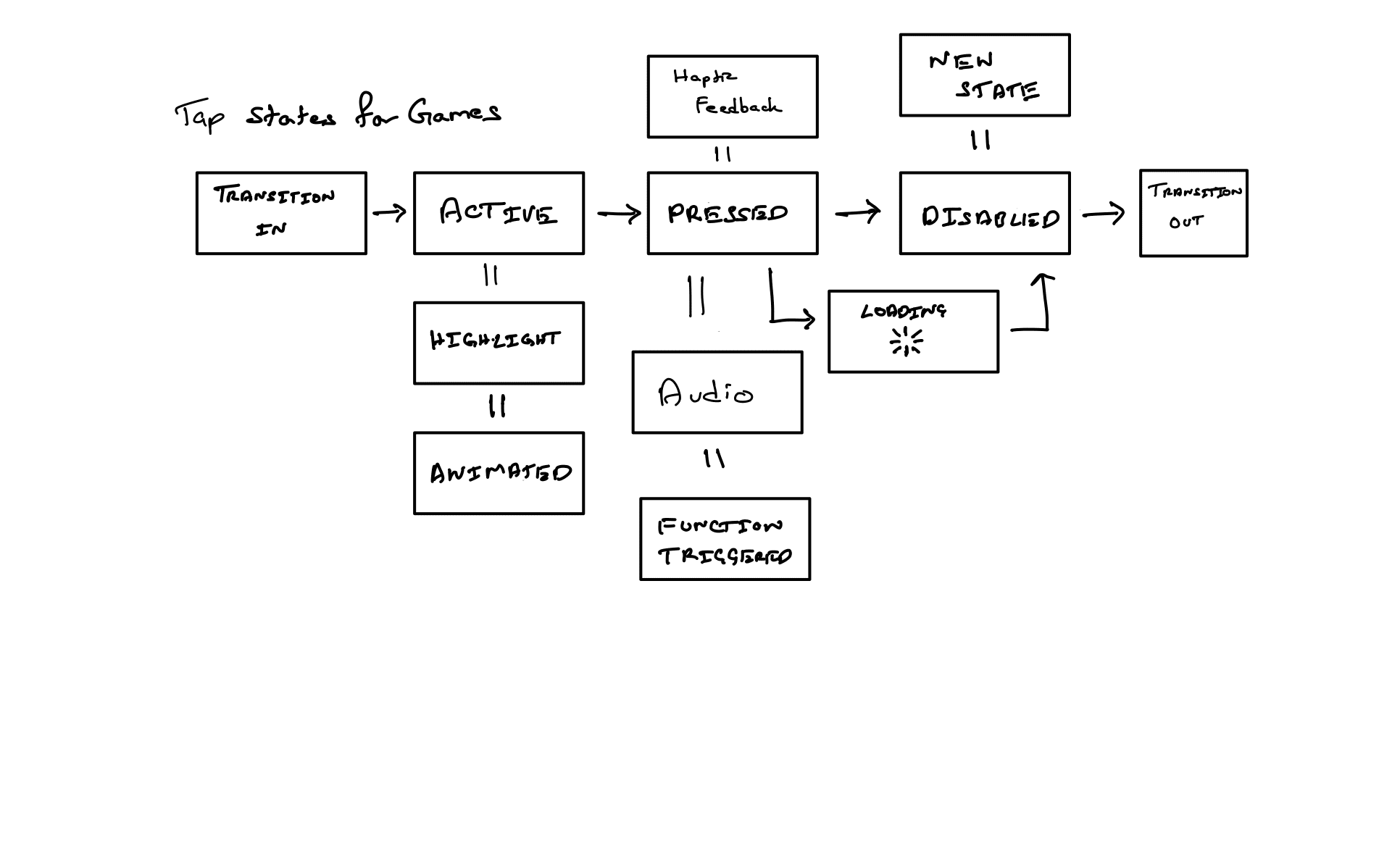
State Machine Implementation: The diagram above shows precise timing and conditions for audio triggers within the button interaction state machine, ensuring consistent and predictable audio feedback.
Implementation Examples and Demonstrations
Practical examples showcase how sound design principles translate into actual game experiences.
Cricket Game Audio Showcase
Audio-Visual Integration: This demonstration shows how carefully timed sound effects enhance the visual cricket mechanics, creating a cohesive and engaging player experience.
Crowd Reaction Systems: Dynamic crowd audio that responds to game events, building tension and celebration moments that mirror real sporting experiences.
Immersive Environmental Audio: Complete audio landscape that includes ambient stadium sounds, player actions, and environmental reactions working together.
Key Learnings and Best Practices
Years of audio implementation have revealed important principles for effective sound design.
Quality Over Quantity
More sound is good, but only if the sounds add depth to the experience without breaking immersion. Every audio element should serve a purpose in enhancing player understanding or emotional connection.
Narrative Reinforcement
Sound tells stories and reinforces themes to make games feel more authentic. Well-designed audio aligns with the player’s mental model and supports the game’s narrative goals.
Subtle Impact, Powerful Results
Audio matters even when players don’t consciously notice it. The finest details contribute to a superior experience, creating emotional resonance that players feel rather than analyze.
Emotional Connection Through Sound
Sound is intimate and personal. When games rely on empathy or emotional connection, excellent audio becomes crucial for immersion. Whether through dialogue, voice-over, music, or sound effects, audio has the power to make players feel deeply connected to the experience.
Measuring Audio Design Success
Effective sound design can be quantified through player behavior and feedback metrics.
Performance Indicators
Engagement Metrics:
- Session length increases with quality audio
- Reduced player frustration during complex sections
- Higher completion rates for audio-enhanced tutorials
Emotional Response:
- Player feedback mentioning “immersion” or “realism”
- Social sharing of memorable audio moments
- Return visits specifically to experience audio elements
Technical Performance:
- Audio load times and memory usage optimization
- Cross-platform consistency
- Accessibility compliance for players with hearing needs
Conclusion
Sound design is the invisible architecture of game experiences. When executed masterfully, it creates emotional connections, guides player attention, and transforms good games into unforgettable experiences. The cricket game project demonstrated how systematic audio design—from atmospheric mood setting to precise state-based interactions—can elevate a mobile game to feel like a live sporting event.
As game development continues to evolve, sound design will remain a critical differentiator, proving that sometimes the most powerful game elements are the ones we hear rather than see.